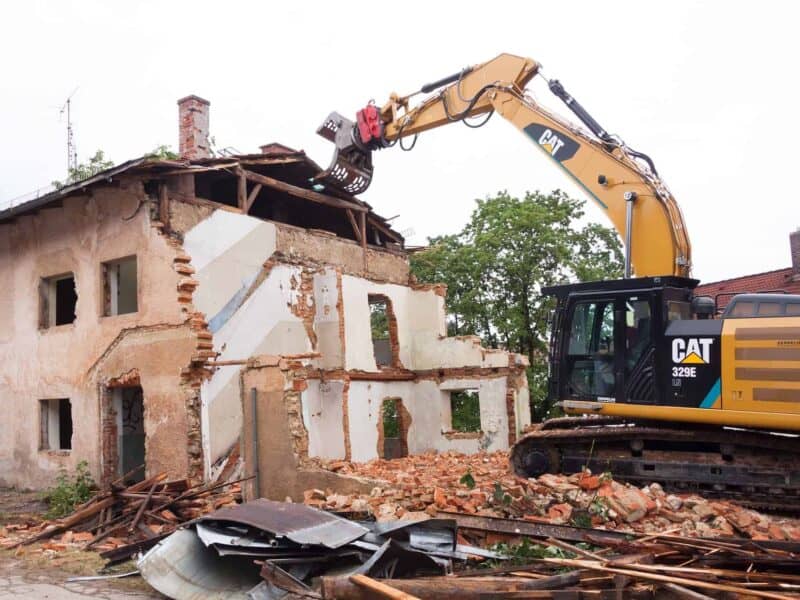The most important thing to say about any structural repair is that it is utterly imperative that professionals are involved. An architect, chartered surveyor or structural engineer should be consulted if there is any sign of a serious defect in a property, particularly if you are intending to work on it as a renovation project. It is not wise to rely on the advice of an unqualified builder alone.
Most serious defects can be repaired, however, and the good thing about them is that, as long as you know what you’re doing or have access to an expert, is that they will scare other buyers off and there’s a chance of picking up a bargain. Defects of this kind are usually, unless it’s a very old property, the result of an environmental change such as subsidence or perhaps regular flooding.
Ground movement, sometimes as a result of old mine workings or underground rivers, or drying out of ground supporting the house, can cause subsidence. This is turn leads to instability in the building, which leads to foundation problems and walls moving out of position or cracking, although these often all go hand in hand.
Reinforcing Walls
If walls are beginning to move or crack but the foundations are still in good order, this is easier to deal with. Apart from anything else, the repairs can be carried out above ground, which is easier and therefore cheaper.
For many years the standard method of reinforcing buildings under threat was the tie bar, the retaining ends of which can often be seen on old buildings. This is a metal bar that is inserted right through the house, often in a loft or running between the ceiling and floor, so that it wasn’t seen inside the house. The bar is threaded at each end and cross-shaped or ‘S’-shaped plates are placed over the end and secured by a nut, drawing the two walls back together. It’s these ‘X’ or ‘S’ shaped end plates that can be seen on the exterior walls.
Modern Methods
A modern version of this is to insert smaller diameter reinforcing rods into the mortar bed of a wall, running along the length of the wall and around corners if necessary. This keeps them out of sight, as they can be covered over with mortar once installed. If a wall is bowing out from another wall, then anchors can be drilled into the wall and reinforcing rods screwed in to the joining wall or joist to hold the wall, and if possible, pull it back into line.
Foundation Repair
Foundation repair usually means underpinning, which is removing the supporting earth or other material around the structure while it is supported by temporary struts. Once secure, the foundations are reinforced by pouring concrete around them. The reinforcing can also be done by driving in strong steel piles, which are then fixed to the structure or the foundations. This technique is referred to as piling and there are small diameter piles suitable for domestic use called minipiles.
Sometimes, particularly in domestic situations, it’s difficult to get access to the foundations in order to dig the material away and get the necessary machinery close enough. In these circumstances injected foundation support can be used. There are various different systems on the market but they operate in roughly the same way.
Holes are drilled around the property in strategic locations and a liquid is injected into the ground at various levels. This liquid expands once in the earth, usually to something like thirty times it’s volume, and this creates pressure forces, which surround and support the existing foundations. This method is obviously less disruptive to the home and usually cheaper.
Get the Best Supplier
Whichever method you use, the usual criteria apply for finding a supplier: get at least three quotes and if possible choose someone who has been personally recommended. Guarantees are obviously important, and look in particular for companies whose guarantee is backed up by an insurance company or a trade body. This way you’ll be covered if the repairs fail some years down the line but the company is no longer in business.
Talk to Planning Officers
One further point about structural repairs is that if the property you are repairing is listed or in a conservation area, then it’s probably worth contacting the local planning authority. They will need to ensure that any visible repairs will be in keeping with the restrictions on the area. The other side of the coin is that there may be grants available to help you do the work.


